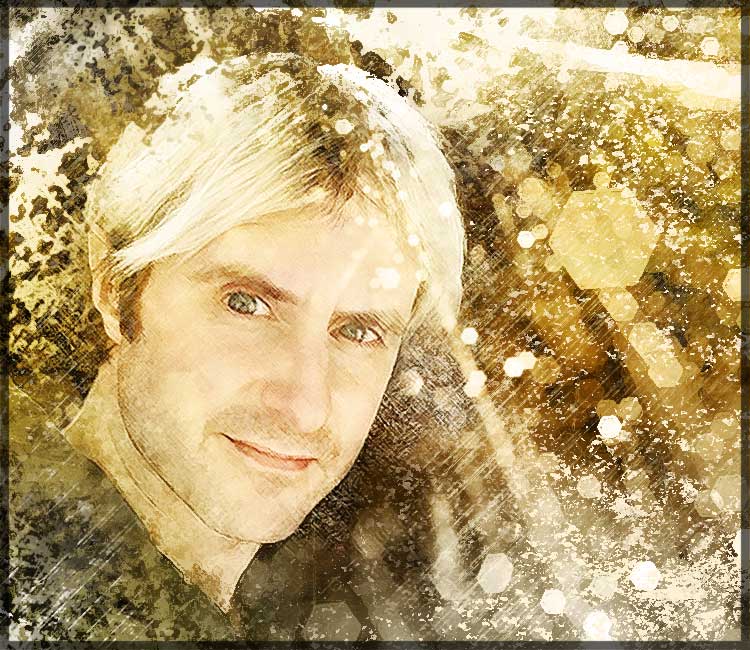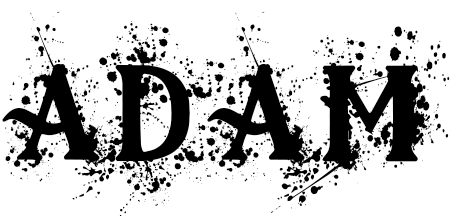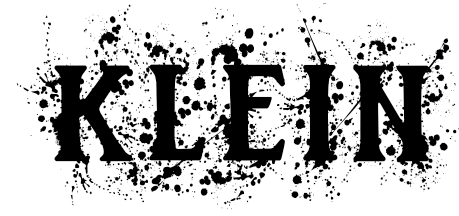Impressionism Art
For me, Impressionism was incidental, it came when I wanted to change the rules of reality. When I was a kid I replicated Starry Night with ease, but the thought-work was already done. The desire for true Impressionism didn’t find me again until much later in life, almost incidentally. I began to force my eyes to see colors that were not there, yet colors that lay across reality beyond a way the eyes implicitly see. At the time, I was doing realism work, but just wanted to see something more. I came to see that Impressionists didn’t just make up colors, they expose themselves to a new reality based on what they no longer wish to emphasis, putting to rest the limits of everything we've always known – they transpose a new law, or a few of them, over-top reality.
For those who find impressionism evasive, there’s a trick that helps – see a color that lay across your plane of view, and change just that color, in your mind. Begin to see that color expand across the landscape, change your sense of understanding, and let it take over the scene before you. If you can do this, then you won't need to see a Van Gough, or a Monet to paint like them. You won’t have to study their strokes, unique palates, or wonder how they came up with such things, you just start bending a rule here and there, and those styles lay within that new world.
Every canvas has a reality. We create rules, or lean on what we see. To imagine a scene fully is illustration, but to see reality and change the rules is the essence of Impressionism. Many of those artists were Plein Aire painters who stood outside and painted landscapes. Those artists stared at the world and mentally forced the world to change for them, using the laws of color and the substance of paint to elaborate new processes of discovery.
Paint has a unique way of wanting to be laid. Thick, thin, layered… loose or very tight – that range comes from choices. When we change the way we see things, and re-structure those visions, and at the same time create an intuited, but dedicated rule set to paint by — we can then paint like anyone, to a degree.
For many, it’s a tricky gap to cross – to paint from reality is the basis of traditional ‘fine art’ training. For myself, I just drew and painted what I saw in my spare time to take up that challenge. I also did lots of abstract stuff. But, there was something in between, where I rarely dwelled. The day finally came when I wanted to see something different than what I was seeing in the world.
To replicate an image with your own style is the nature of realistic painting. After doing that for a while, it can become a very sublimated process. To alter reality has an exhilaration aspect at first. When I teach other artists how to work through Impressionism, I tell them first, see the scene with your eyes, and instead of black shadows, see those dark places as red. Then see the shadows as blue. Through the afternoon they begin to see what I’m talking about, the shadows can shift to different colors, depending on the color you desire to see. The mind will juxtapose a subtle red tone on the blacks, and this makes it easy to paint the “darks as reds” as I call it. With effort, you can begin to play with reality… instead of bright white, use a subtle orange. Instead of a subtle gray, use a pale pink.
As it turns out, this is what all the impressionists were doing. I didn’t even realize it at the time — I just wanted a new personal challenge, a new way to see things. Once you get the hang of it, this way of seeing realty opens itself up to you as an artist. Knowing how to strategically put onto a canvas what is not actually there, yet still adhere to a reality, leads to endless diversity, which as the world of art shows us all — this is where the innumerable styles of art come from.
Impressionism then takes on another dimension, relative to the medium and application. Watercolor, oils, acrylics all have different qualities that allow them to be applied in the new rule-sets. So, if you use thick gobs, or thin strokes, cutting lines, or a successive pattern of dashes or arching strokes – well, then you have a new layer of reality on your canvas as well.
When we combine the altered rules of color, and then medium, and factor in personal tendency or intentional rule-sets to alter form itself… then we have your own personal method of making Impressionist paintings, and the power to change even that nature within.
Every artist has a unique way of moving their hand, a unique pace, or structure of thinking. Impressionism is just like painting realism with a veil of the abstract layered within one’s decision making processes. It’s exciting, and leads to such variation, and is a priceless skill for any artist.
One of the great features of the advanced artists is being able to take what one sees and create something more like what they actually want. This is a place in between, and I feel is just as important to artists as realism, and it’s a very succinct bridge to take one’s abstract art to a whole new level. When you can work with not only the rules of reality, but a personally altered way of looking at reality, and then roll those methods through extreme personal nature and tendency, into the abstract realm… then we get abstract art that is on another level. The images pull the eye inward. The areas of the canvas hold dimension. Everything seems to gel together better, and “making it look easy” takes on a new dimension, you begin to do what some might think is impossible. It is impossible… for someone to create from your exact way of being. It’s work opening up the mind to new ways of experiencing reality, to take those observances, those lessons, and to create from new understanding.
Articles by an Author and Artist
Sign Up for Free Book Giveaways, Large Batch Art Uploads, and New Book Notification!
Enter your name and email address below to subscribe.








